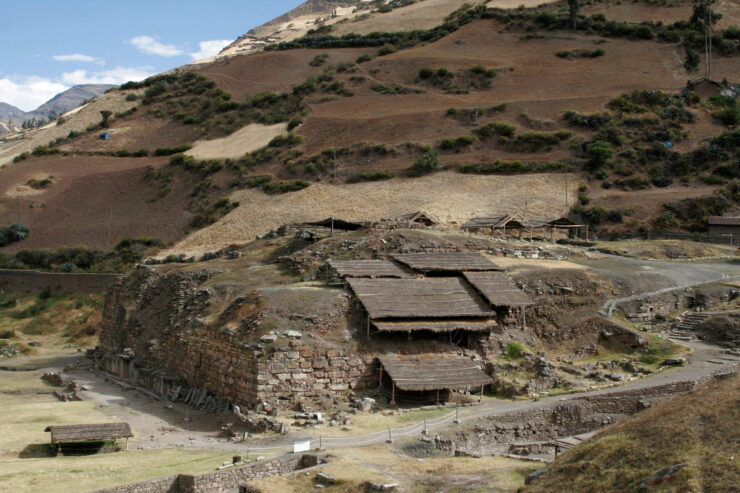Archaeologists in Peru have discovered a 3,000-year-old walled hallway known as “the condor’s passageway” that presumably connects to further chambers within what was probably a large temple complex associated with the ancient Chavin civilisation.
Chavin, a pilgrimage center for the Andean religious world, had hosted individuals from different latitudes, distances and languages.
The Chavin de Huantar archeological site, located about 190 miles (306 kilometers) northeast of Lima, was one of the culture’s most prominent sites, flourishing from roughly 1,500 to 550 B.C. The Chavin are well-known for their sophisticated art, which frequently depicts birds and felines. They may be traced back to the first sedentary agricultural settlements in the Peruvian Andes’ northern highlands, more than 2,000 years before the Inca Empire rose to power.
According to the reports of Reuters, the most recent Chavin findings center on a corridor inside a southern area of the temple that was blocked owing to structural fragility, but that now provides a look into the Chavin’s early days. A big porcelain item weighing 37 pounds (17 kg) and adorned with what looks to be a condor’s head and wings, as well as a ceramic bowl, were discovered in the corridor in May 2022, when the entrance was discovered.
In ancient Andean societies, the condor, one of the world’s biggest birds, was connected with power and fortune.
The temple complex includes terraces as well as a freshly found network of passages. According to Rick, a Stanford University archeologist, most of the temple complex needs to be explored.
Rick’s team initially studied the entrance to the “condor’s passageway” with cameras attached on robots, hoping to traverse the rubble that formerly filled it while minimizing the risk of additional collapse of the old edifice.
In 1985, the United Nations Educational, Scientific, and Cultural Organization (UNESCO) designated Chavin de Huantar as a world heritage site.
